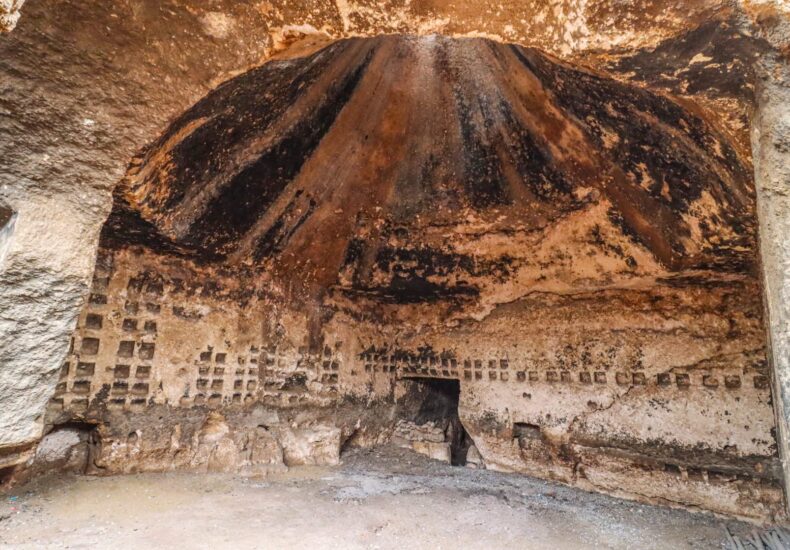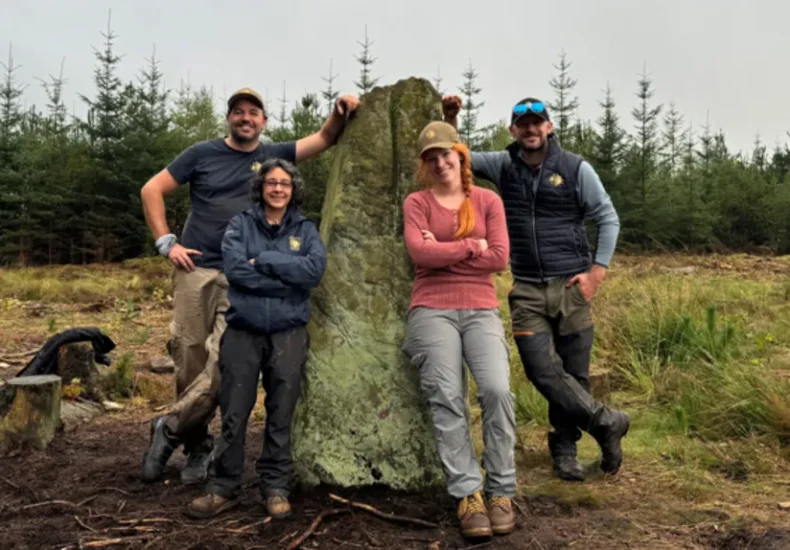
Archaeologists Uncover 3,700-Year-Old Ceremonial Stone Circle in England
In Farley Wood forest near Matlock in Derbyshire, England, archaeologists have unearthed a mysterious ceremonial stone circle dating back 3,700 years to the Bronze Age. What was initially thought to be a solitary standing stone, the Farley Moor standing stone, has been discovered to be part of a much larger ceremonial site. Excavations conducted

Madduwatta, the Rebellious King Bound by Hittite Oaths
In the 1700s BC, the country of Hatti was threatened with collapse due to external attacks and internal conflicts. During this period, small kingdoms emerged in Anatolia. An Indo-European people called the Nešili settled in the Hatti Country, establishing the Hittite State with their capital at Hattuša, which had been cursed by Anitta, the son
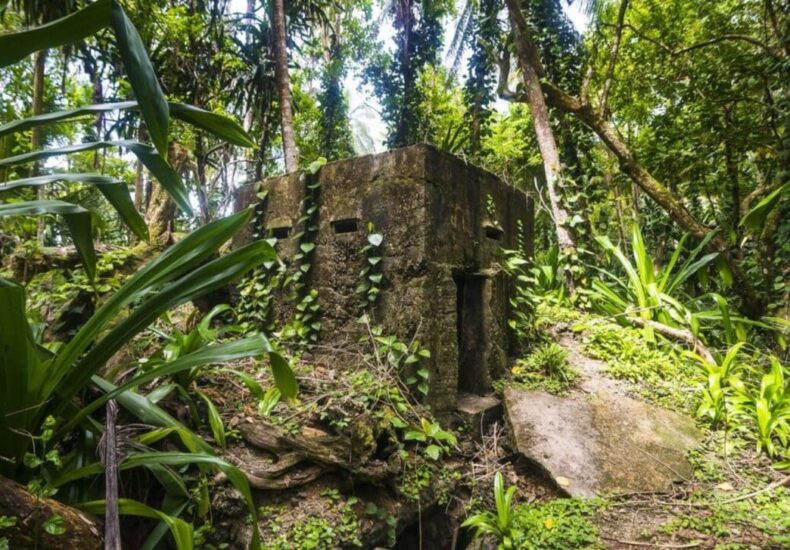
5,000-Year-Old Fortress Discovered in Romanian Forests with LiDAR Technology
Deep within the dense forests of Romania’s Neamț region, archaeologists have uncovered the remnants of a 5,000-year-old fortress with the aid of LiDAR technology. This significant discovery has brought to light the intricate details of the ancient structure, which dates back to the transition period from the Neolithic to the Bronze Age. LiDAR Technology Enabled

Mosaic Discovery Illuminates History in Elazığ’s Salkaya Village, Excavation Area to be Expanded
A 84-square-meter floor mosaic, accidentally discovered in Elazığ’s Salkaya Village, is shedding light on the region’s history. The Ministry of Culture and Tourism’s General Directorate of Cultural Heritage and Museums has placed this significant discovery under protection by declaring the area an archaeological site. Additionally, it has been decided to expand the excavation area due

500-Year-Old Treasure in the Namibian Desert: The Incredible Discovery of the Sunken Portuguese Ship Bom Jesus
The world of archaeology was shaken by an extraordinary discovery in the Namibian desert. The Portuguese ship Bom Jesus (Good Jesus), which sank 500 years ago, emerged as a treasure chest full of gold coins and priceless historical artifacts. This discovery is much more than just finding a shipwreck; it’s a time capsule that sheds
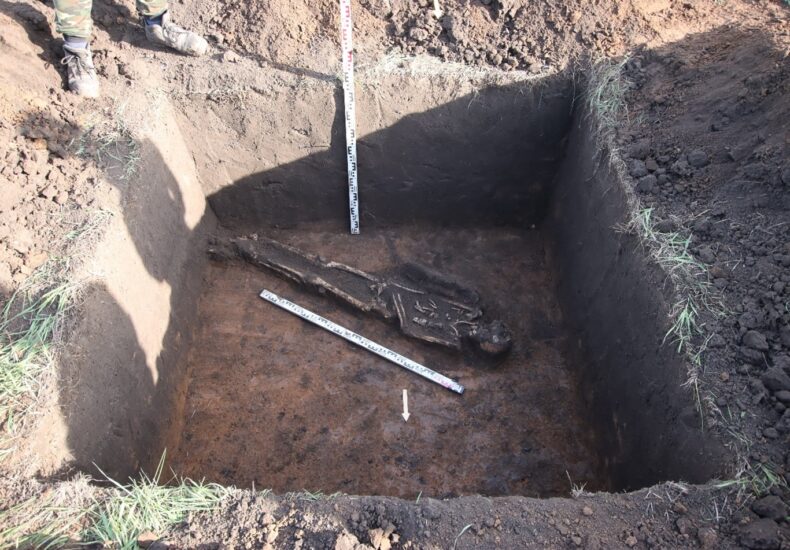
Archaeological Complex of the Golden Horde Period unearthed in Tatarstan
During historical and cultural studies conducted in the Alekseevski municipal district of Tatarstan, an archaeological complex consisting of two burial grounds and a settlement from the Bulgar-Golden Horde period was discovered. This complex, comprising “Sakon Cemetery I,” “Sakon Cemetery II,” and “Sakonskoye Settlement IV,” offers a glimpse into the lives and burial practices of medieval
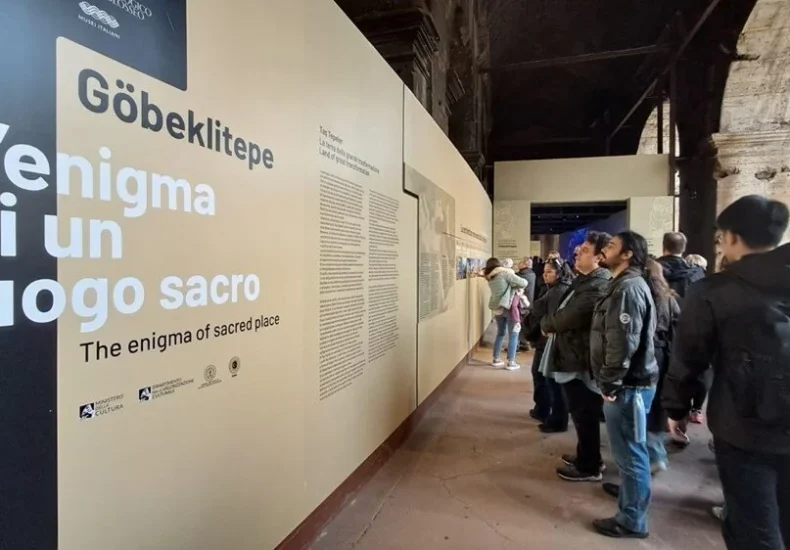
Göbekli Tepe Exhibition Reaches 5 Million Visitors at the Colosseum, Heart of Rome
Göbekli Tepe, the oldest temple in human history, was reborn in the heart of Rome, at the Colosseum Archaeological Park. The exhibition titled “Göbekli Tepe: The Mystery of a Sacred Site” has achieved great success by hosting 5 million visitors since it opened its doors on October 24, 2024. This success, crowned by the statements
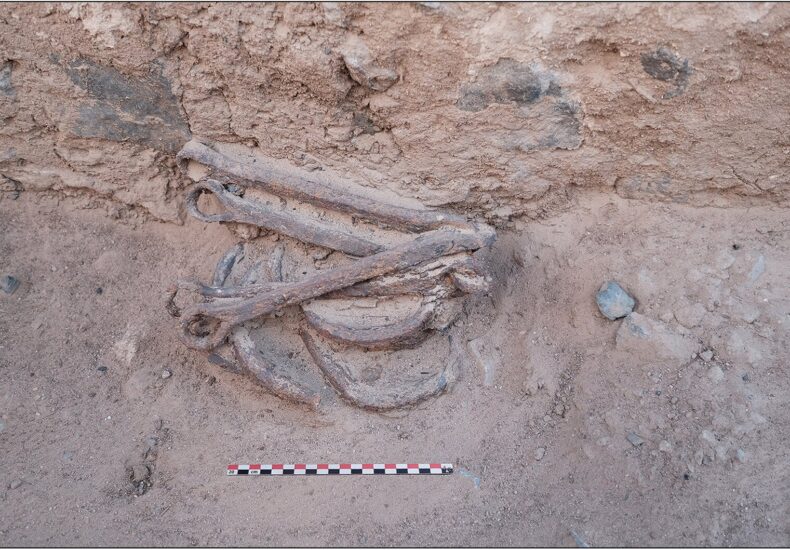
Evidence of Slavery in 2,300-Year-Old Egyptian Gold Mine: Iron Shackles Unearthed
Archaeological excavations in the Ghozza region of Egypt have uncovered compelling evidence that some workers in a gold mine dating back approximately 2,300 years to the Ptolemaic period were slaves. The iron shackles discovered at the excavation site indicate that forced labor was widespread in gold mining during this era. The research, led by historian
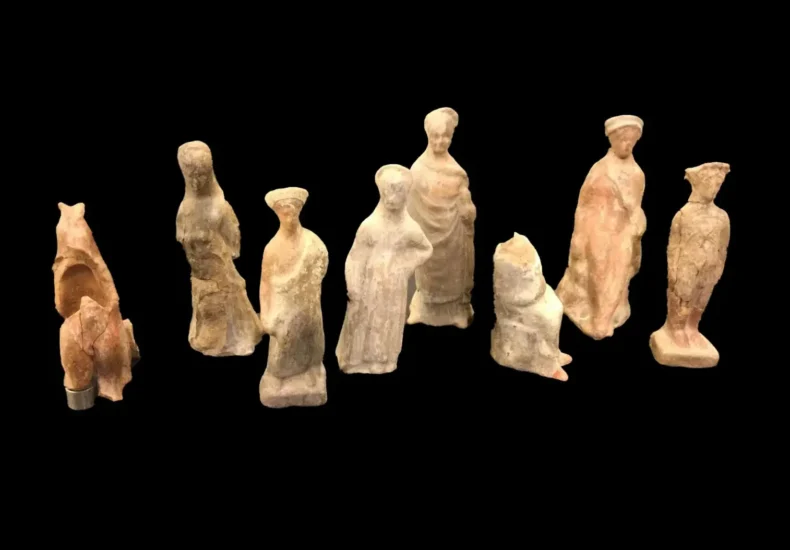
Mysterious Cult Center Dedicated to Artemis Tauropolos Discovered in Ancient Amphipolis
Archaeological excavations in the ancient city of Amphipolis, located in northern Greece, have unearthed a cult center dating back to the 4th century BC, believed to be dedicated to the hunting goddess Artemis Tauropolos. The team led by Professor Dimitris Damaskos of the University of Patras discovered the remains of a rectangular mudbrick structure during

